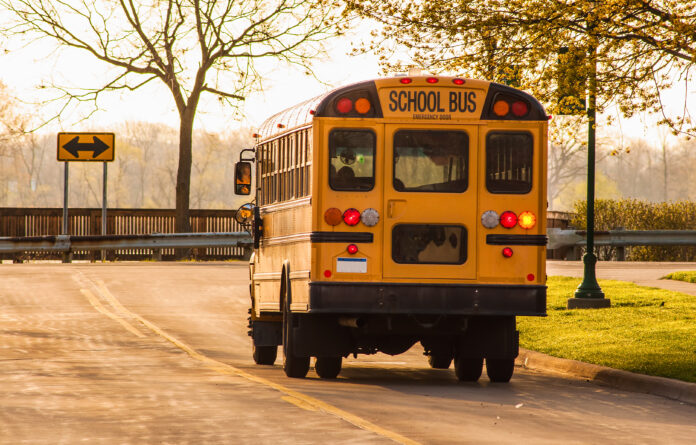By Ben DeGrow
For many students these days, getting to school entails logging on to a computer from the comforts of home. Yet as more families return to face-to-face instruction, the issue of school transportation will take on even greater significance than before.
Late last year the Mackinac Center unveiled a plan for Student Mobility Scholarships, which would promote fairer access to education choices. Under this plan, the state would create a pilot program that gives certain low-income families a digital debit account that enables them to find affordable transportation to schools beyond their neighborhood. With one of these scholarships, a family could pay for public transit, or pool resources with other families for a special school-operated vehicle or a child-friendly ridesharing service.
Legislative consideration of the scholarship proposal was derailed by the onset of the COVID pandemic, which closed school buildings statewide and slowed state tax collections. New priorities rightly ascended, as local leaders sought to deliver instruction remotely and ensure vulnerable students were connected and cared for. A weighty challenge now lingers, as the measurable effects of learning loss have been high.
One of the effects of the crash course in pandemic education has been the eye-opening experience for parents, who have had a front-row seat to online lessons and interactions with educators. As a result, over 50,000 Michigan students have left the rolls of conventional public school districts; many have taken up home education or pod learning. Enrollment in online charter schools has grown by 4,500 students, or more than a third.
Educational choice was widespread and growing before COVID struck. As of 2019, one-fourth of Michigan public school students were enrolled outside their assigned district. As families return their children to in-person instruction, with a greater urgency for their children to catch up, it’s likely that even more will be looking for a different school setting. Among some lower-income families, transportation figures to be a barrier.
According to nationwide survey results released last month by the advocacy group EdChoice, many parents would be willing to spend a significant amount of time traveling to a school that is a better fit for their child. Almost 40% of respondents said they would be willing to go 20 minutes each way for a better educational option, an opinion more commonly expressed by higher-earning parents. Naturally, people indicated less tolerance for longer commutes, but a few, mostly poorer, parents were willing to travel as much as an hour each way.
Recognition is growing that transit challenges must be solved in order to make educational opportunities truly equitable. As Paul Peterson writes in a new analysis for the Hoover Institution’s Education Success Initiative: “Since ease of access to a school is one of the key determinants of a family’s choice of school, an efficient transportation system is necessary if students are to be successfully matched to the school the family deems most appropriate.”
Student Mobility Scholarships would encourage the kind of efficiency that paves the way for more families to access a desired education. As pandemic restrictions ease and school doors reopen, the Legislature should put Michigan in the lead by empowering families to craft their own workable transportation solutions.
Originally published by the Mackinac Center for Public Policy. Republished with permission.








